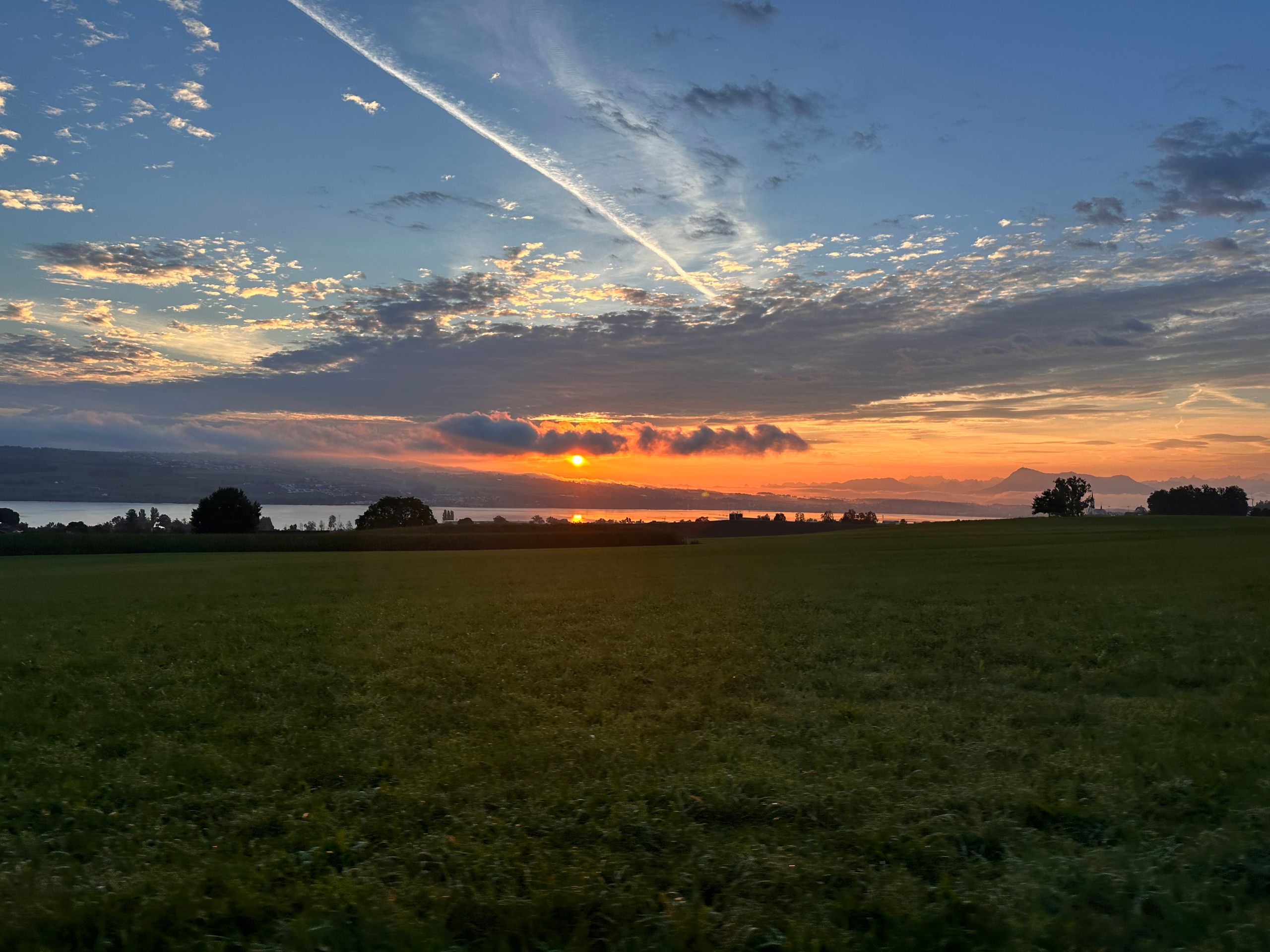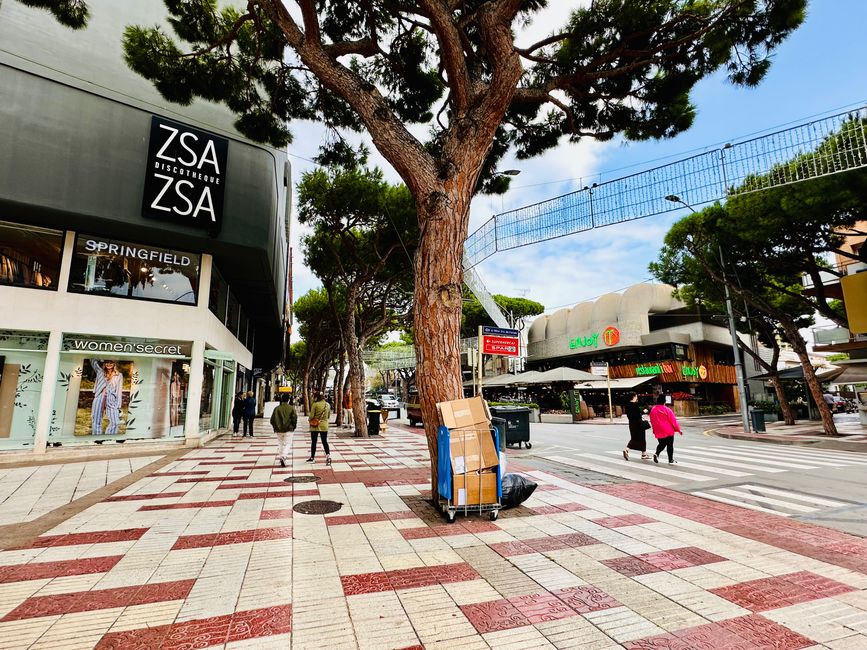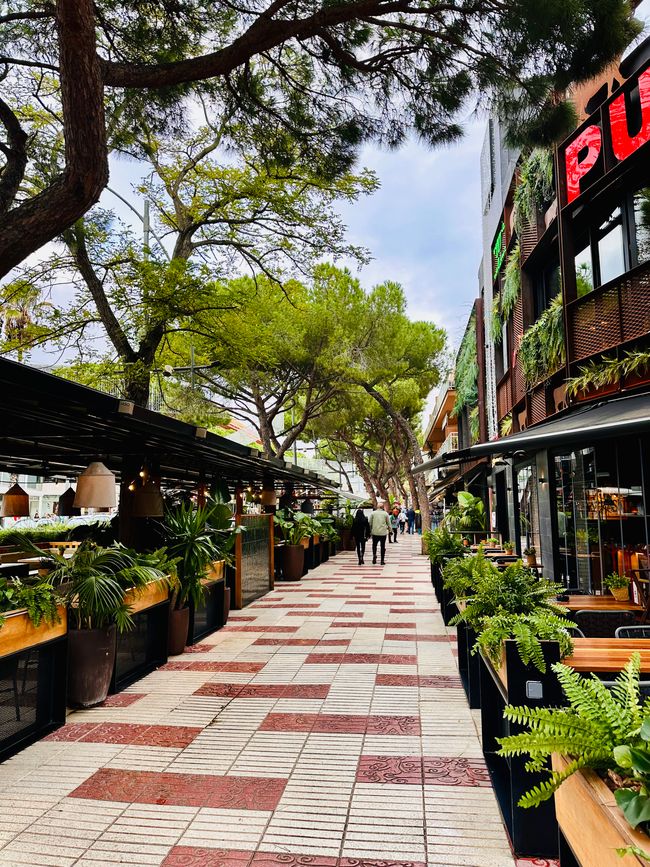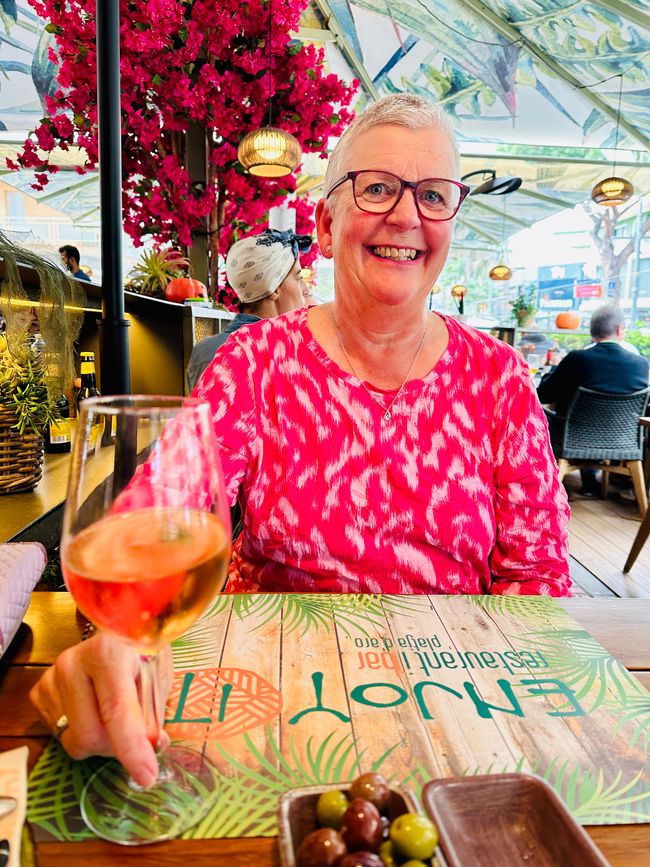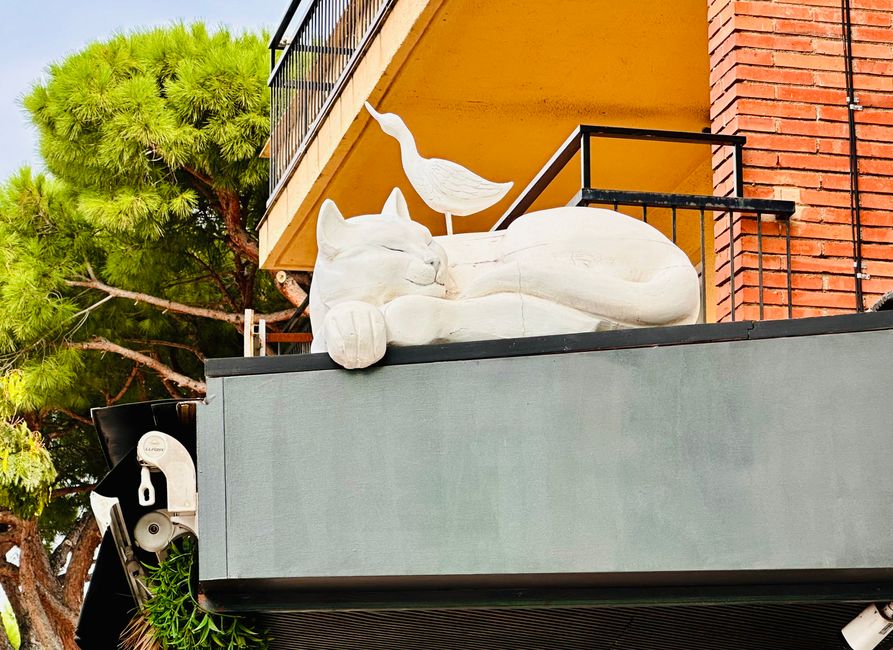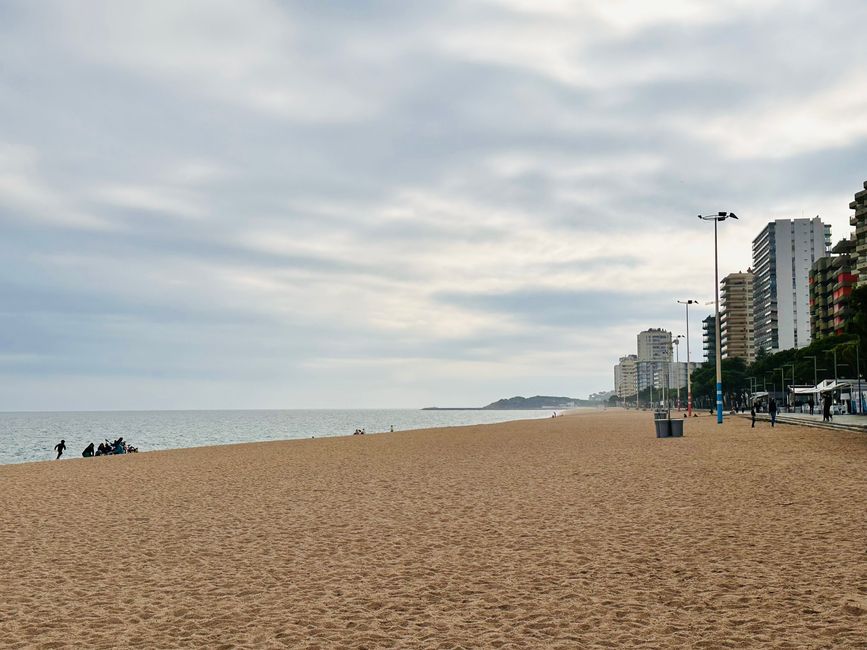Sunday in Platja d‘Aro
Lofalitsidwa: 04.11.2024
Lembetsani ku Newsletter
It is Sunday, many guests at the Mas Nou resort have checked out yesterday and today, the autumn holidays in France, Belgium, and Germany are over. It has become quiet.
We are also taking a break. We have no special plans and are heading down to Platja d‘Aro to stretch our legs a bit.
On the drive down, we keep finding amusement in the road signs, especially the snow hazard warning. After all, the road has a gradient of 17%, and it can indeed get slippery 😉
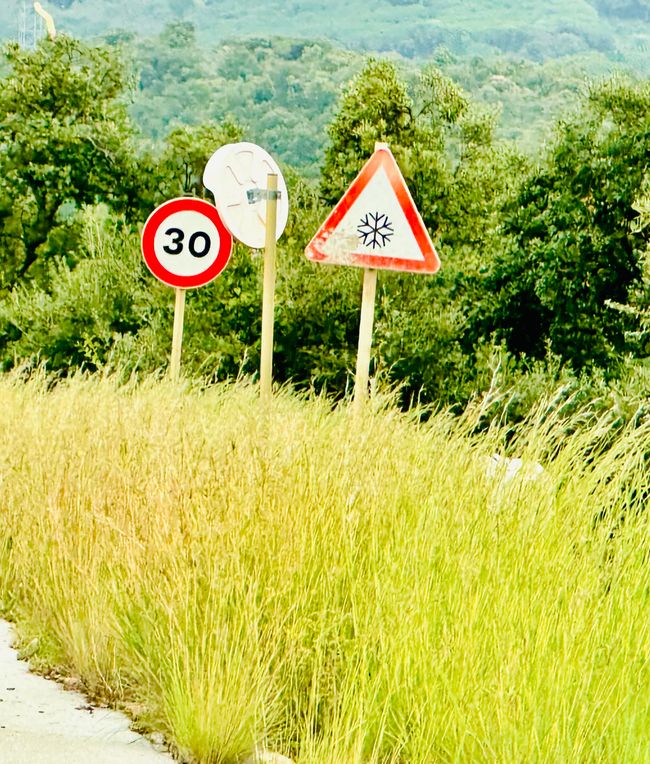 Snow Hazard ❄️
Snow Hazard ❄️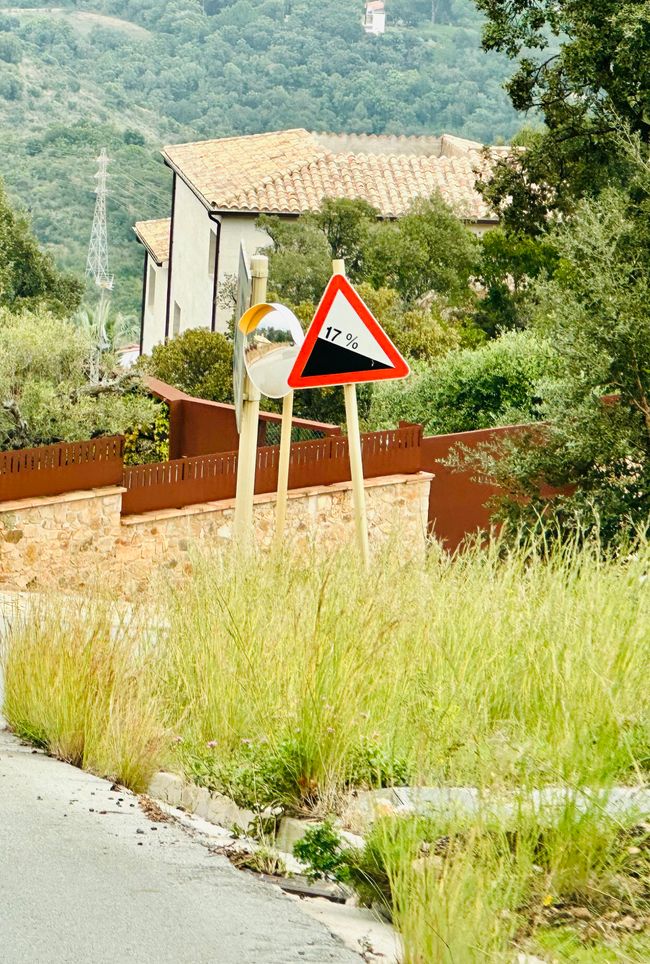
Upon arriving in Platja d’Aro, we are quite astonished; it seems that all the locals are out and about in the shopping street of Platja d‘Aro.

On Sundays in Catalonia, like in many other regions, it is customary to spend time with family. Especially during the off-season, the city is reclaimed by the Catalans. Typically, Sunday walks and having a joint lunch with the family at a restaurant are very popular.
Since Platja d’Aro is a well-known tourist destination, drawing many visitors especially in the summer, many shops are also open on Sundays. This is indeed linked to the strong focus on tourism. However, even in the off-season, when there are fewer tourists, many shops and restaurants remain open to serve locals, local visitors, and the remaining holiday-goers.
The city has adapted to be a vibrant shopping and leisure destination, which means that a certain level of activity is maintained even outside the main season. This practice is particularly common in popular areas like Platja d’Aro to offer an attractive option for locals as well as weekend visitors from the region and other parts of Spain.
The main shopping street in Platja d’Aro, Avinguda de S’Agaró, is known for its variety of shops, boutiques, cafés, and restaurants. It runs through the center of the city and offers a mix of international brands, local boutiques, and souvenir shops, making it a popular destination for shopping enthusiasts. We were truly impressed by how many people were here on Sunday.
Starting at 1 PM, the streets began to empty. In Catalonia, many shops close for an extended break around lunchtime, known as siesta. This tradition has cultural and climatic reasons. Originally, siesta emerged as an adaptation to the warm temperatures, especially in the summer months. The midday period is the hottest time of the day, and taking a break during these hours helps avoid physical exertion.
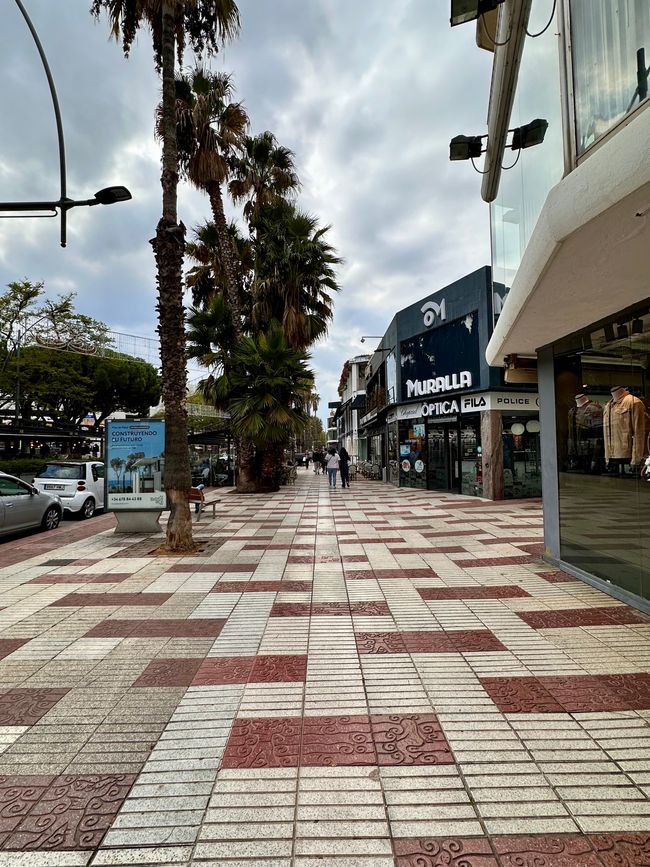
People in Spain traditionally take more time for lunch, which is considered the main meal of the day. They often return home to eat with family and rest a bit. Therefore, it is common for many shops to close for a few hours to allow their employees this break. Today, Sunday, many Spaniards are off and go out to eat with the whole family.
Thus, it is a cultural feature that is also related to the work structure. Many shops and smaller businesses close around 1:30 PM and 4:00 PM, then reopen to the evening, often until 9 PM.
Lunch (comida or dinar in Catalan) typically occurs between 1:30 PM and 3:30 PM. It is the most important meal of the day and is often served warm and in multiple courses. Therefore, it comes as no surprise that all restaurants fill up around this time, making it difficult to find a table.
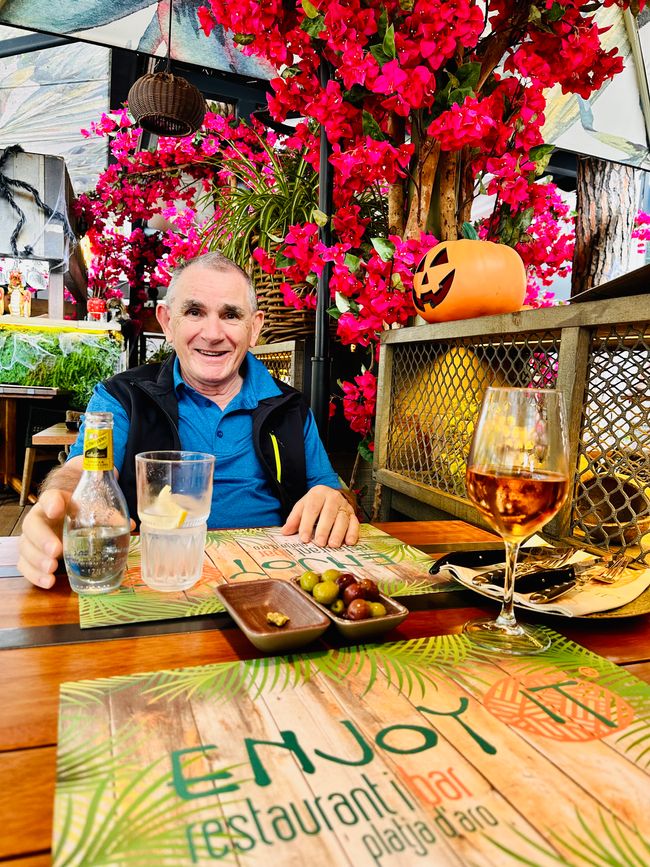
Dinner (cena or sopar in Catalan) is lighter compared to lunch and usually takes place between 8:30 PM and 10:30 PM. Especially in the summer months, it can be even later as people prefer the cooler evening hours.
These meal times are part of the Mediterranean culture and allow people to take their time for a leisurely meal during the traditionally longer lunch break.
We ate in a nice restaurant right in the shopping street, serving a type of tarte flambée on a plate with regional ingredients. The restaurant's philosophy is to bring
Lembetsani ku Newsletter
Yankhani
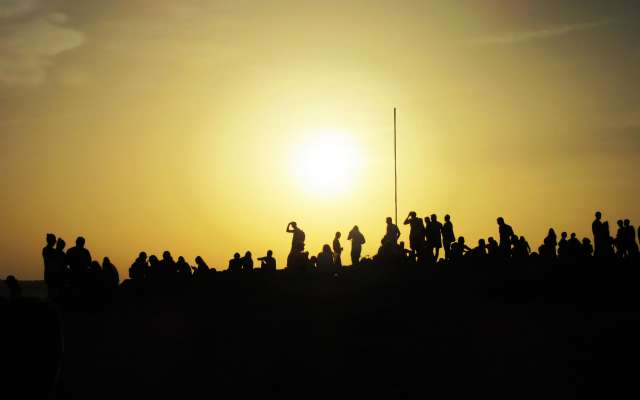
Malipoti amaulendo Spain
